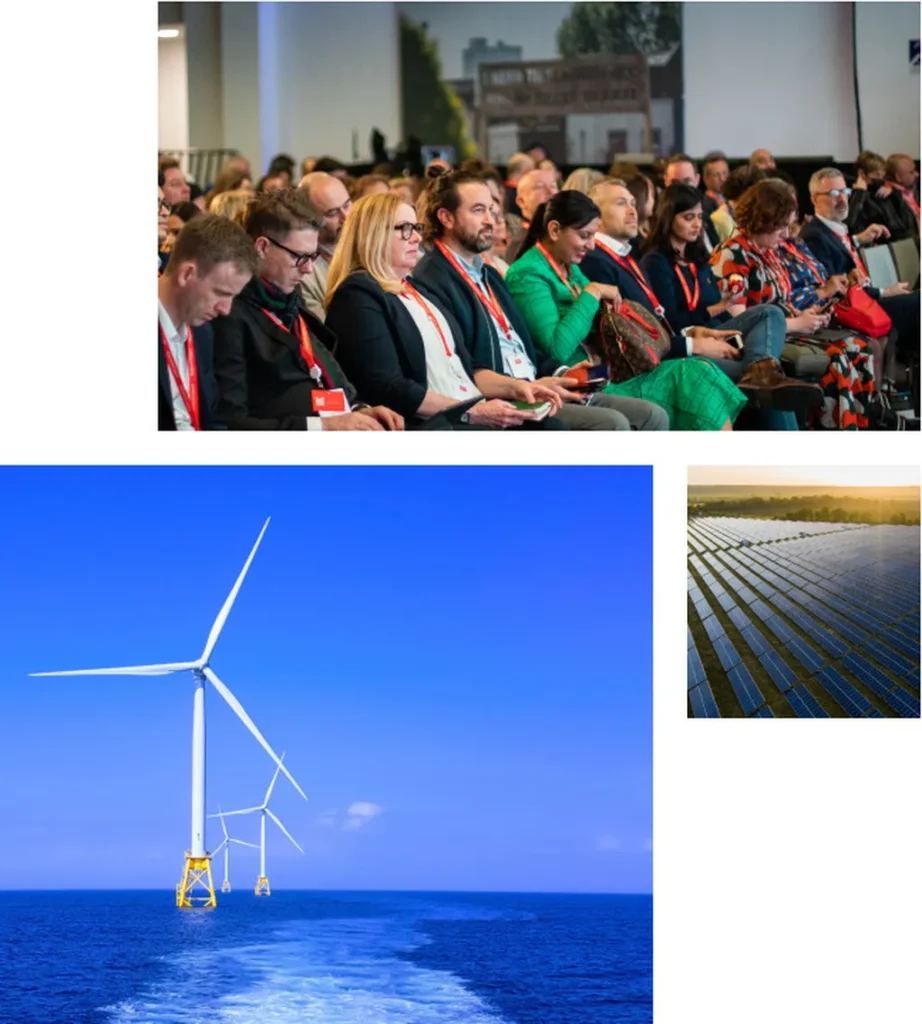In the bustling world of construction, innovation is the name of the game, and a recent breakthrough in self-compacting concrete (SCC) is set to revolutionize the way we build, particularly in the energy sector. Imagine a concrete that flows like honey, filling every nook and cranny without the need for vibration or compaction. This isn’t a futuristic dream; it’s a reality that’s been made more accessible thanks to the work of Roberto Alejandro Rojas-Holden from the Faculty of Engineering at the National University of Asunción, Paraguay.
Rojas-Holden and his team have simplified the design process of SCC, making it more practical for commercial use. Their research, published in the journal Advances in Building Education, translates to “Advances in Construction Education” in English, focuses on modifying the traditional ACI 211 method used for conventional concrete. The result is a more straightforward approach to creating SCC, which could significantly impact the energy sector.
SCC is no ordinary concrete. In its fresh state, it’s remarkably fluid, yet it resists segregation, reducing compaction defects. Once hardened, it can achieve higher mechanical strengths than conventional concrete. These properties make it ideal for complex structures, such as those found in energy infrastructure, where traditional concrete might struggle to fill intricate forms or reinforce dense rebar networks.
The energy sector, with its complex and often massive structures, stands to gain immensely from this innovation. “The simplified design process means we can now consider SCC for a wider range of projects,” Rojas-Holden explains. “This could lead to stronger, more durable structures, reducing maintenance costs and downtime in the long run.”
The team’s breakthrough came after numerous attempts to find the perfect percentage of additive and coarse aggregate using various rheology methodologies. They eventually simplified the process, focusing on the dosage of the superplasticizer within the manufacturers’ recommended range. This simplification could lead to faster, more efficient construction processes, reducing labor costs and project timelines.
But the benefits don’t stop at efficiency. SCC’s superior mechanical strengths and reduced compaction defects could lead to more robust, long-lasting structures. This is particularly crucial in the energy sector, where structures often operate in harsh conditions and any failure can have significant consequences.
The research also highlights the importance of adaptability in construction methods. By modifying an existing method, Rojas-Holden and his team have shown that innovation doesn’t always have to come from scratch. This approach could inspire further adaptations and improvements in construction techniques.
As the construction industry continues to evolve, so too will the materials and methods we use. Rojas-Holden’s work is a testament to this, offering a glimpse into a future where building is faster, more efficient, and more durable. And for the energy sector, this future can’t come soon enough.

